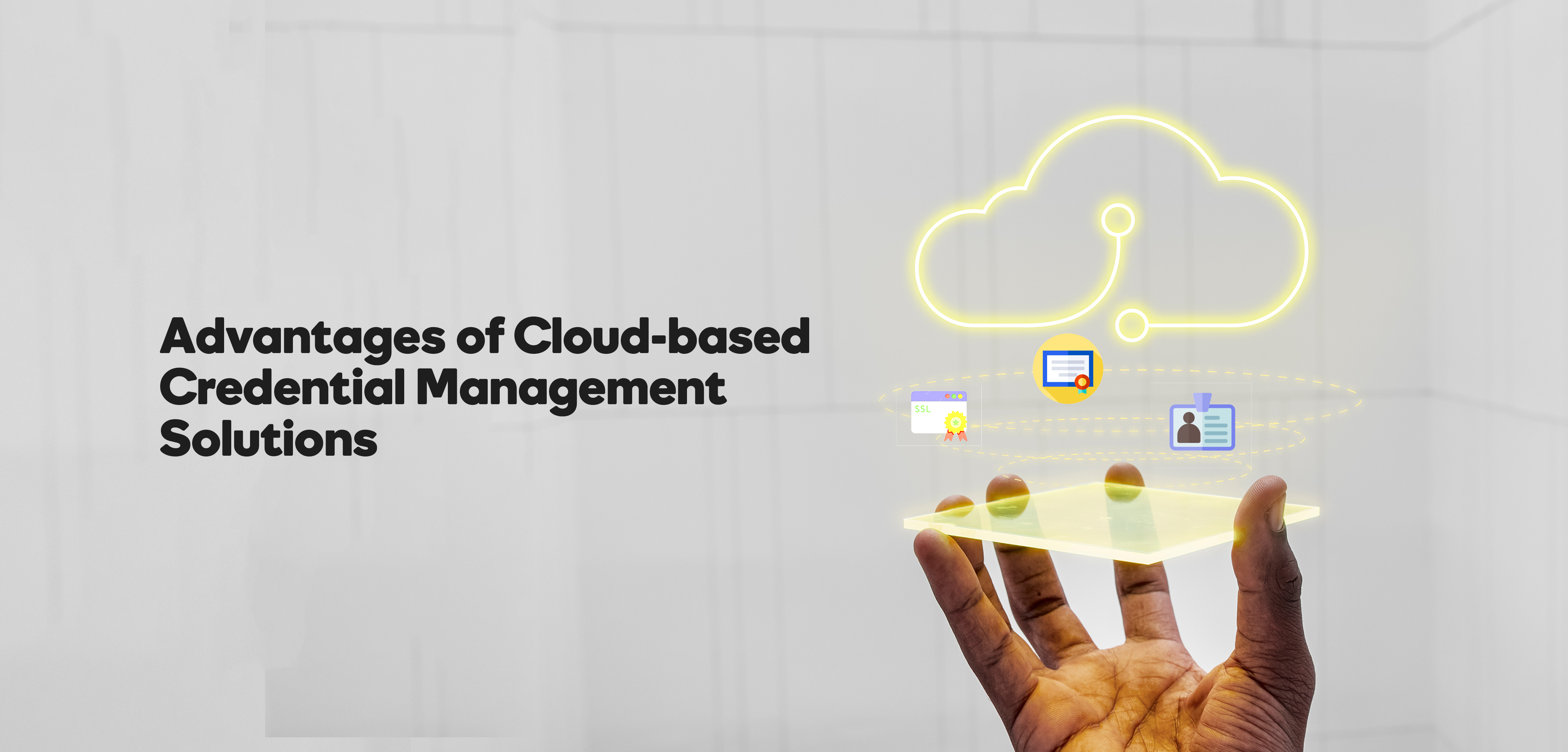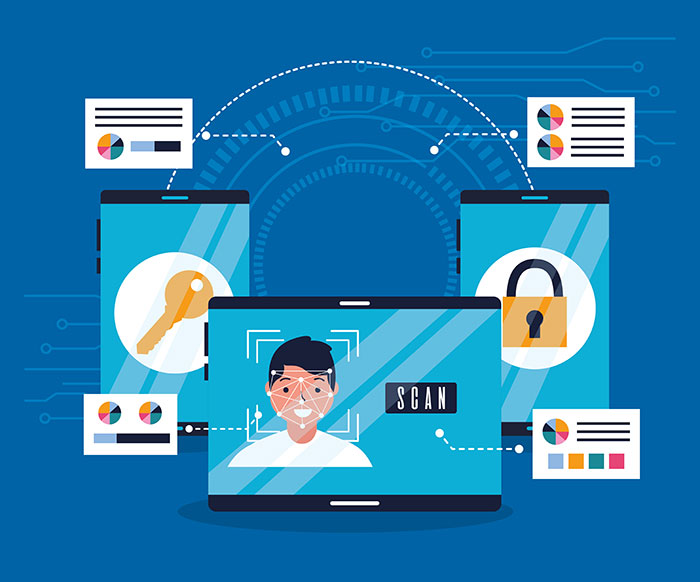The Digital ID Landscape: Redefining Connectivity for a Global Economy
Around this time last year (March 2021), Beeple, a digital artist sold one of his paintings as an NFT for a whopping $69million. In that same month, crypto entrepreneur Sina Estavi bought Jack Dorsey’s first-ever tweet as an NFT for $2.9 million.
Outrageous amounts of money for something you couldn’t even physically handle.
To understand why people are willing to pay fortunes for digital assets like a video or Twitter post, we have to realize the significance of NFTs in an increasingly digitized world.
NFTs (Non-fungible tokens) are digital items with unique identifiers that cannot be replaced.
These identifiers are usually ‘tokens’.
This way, even if the item was copied and pasted as we usually do to useful/popular items on the internet, NFTs would still be set apart from their ‘replicas’ due to their identifier.
As the crypto website, ‘Valuable’ explains: “owning any digital content can be a financial investment, hold sentimental value, and create a relationship between collector and creator. Like an autograph on a baseball card, the NFT itself is the creator’s autograph on the content, making it scarce, unique, and valuable.”
So we see that a unique identifier is incredibly beneficial in acquiring digital assets as we head into the metaverse and web 3.0
But until then, what do unique identifiers have to offer our current landscape and the future of digital connectivity?
Connected Identities: How Unique Identifiers can benefit the UK and Beyond
“In the UK, we are still relying on physical documents for everything from getting a mortgage to proving our identity.” – Greg Williams, WIRED’s deputy global editorial director.
According to Mckinsey’s research, full digital ID coverage could unlock economic value equivalent to 3 to 13 percent of GDP in 2030 in the UK and six other focus countries like the USA, Brazil, Nigeria, and China.
Take, for example, when the Nigerian government formulated the NIN (National Identity Number), to be used for all transactions in Nigeria requiring identity verification, Seamfix was the technology partner of choice and so far, we’ve been able to empower over 200M Nigerians with a unique identifier (NIN).
We achieved this through the development of an Android Enrollment Solution – a game-changing technology that capitalized on the widespread adoption of mobile devices in Sub-Saharan Africa.
Now millions of citizens have access to digital identity services that were unavailable due to infrastructure challenges.
The present issue in the UK is that there are too many ways to access essential services across different platforms —from Google or Apple ID to NHS login to your Taxpayer’s ID, one individual could have different identities while needing to remember different ID details.
In total, there are about 44 other sign-in methods identified across government services.
Currently, the UK government recognizes this problem and is making strides towards addressing it with the Office for Digital Identities and Attributes (ODIA), formed to create a universal framework for validating identities.
One potential solution is OneLogin, a three-year project with a budget of £400m, by the GDS (Government Digital Service).
If it works, the benefits and opportunities that’ll emerge from a connected unique identifier for all individuals and organizations compared to what’s available will be day and night.
For example, it’s easier to track the medical history of a patient with a unique identifier no matter where they are, helping doctors and their families make better health decisions.
Identity data could be the differentiating factor between life and death in milliseconds.
During and after the COVID-19 pandemic, government trust also dipped to an all-time low due to the wavering policies, left and right activism, lockdowns, and the economic strain faced by all.
If citizens could have full access to how their data is being used from government houses to organizations, it could be the defining factor in restoring public trust.
In all, the role of a unique identifier in connecting all online activities to a verified individual, can not be over-emphasized.
Identity is an important asset and connectivity along with transparency could be the key that unlocks its full potential.
Inter-Connectivity is The future of Digital ID
In today’s global economy, encouraging an inter-connected digital identity system is one of the most critical and necessary ingredients to bring about accelerated development.
As seen in countries like Estonia and Sweden, by reducing friction between internet access and an individual, you can save hours and hours, improve productivity and reduce the marginalization of underserved communities who were previously left out from essential services.
“Digital identity could be the door to providing citizens with seamless access to healthcare and education, as well as other government programs.” – Brown from Capital Consulting.
As a leading provider of disruptive identity technologies, Seamfix is looking to partner with organizations and the government to formulate frameworks and solutions that will transform the digital ID space – helping millions of people access services without friction or high cost.Let us help you transform your processes while maintaining strict compliance and data laws.
Embrace the power of digital transformation — Contact Seamfix for your Identity and Compliance needs.








